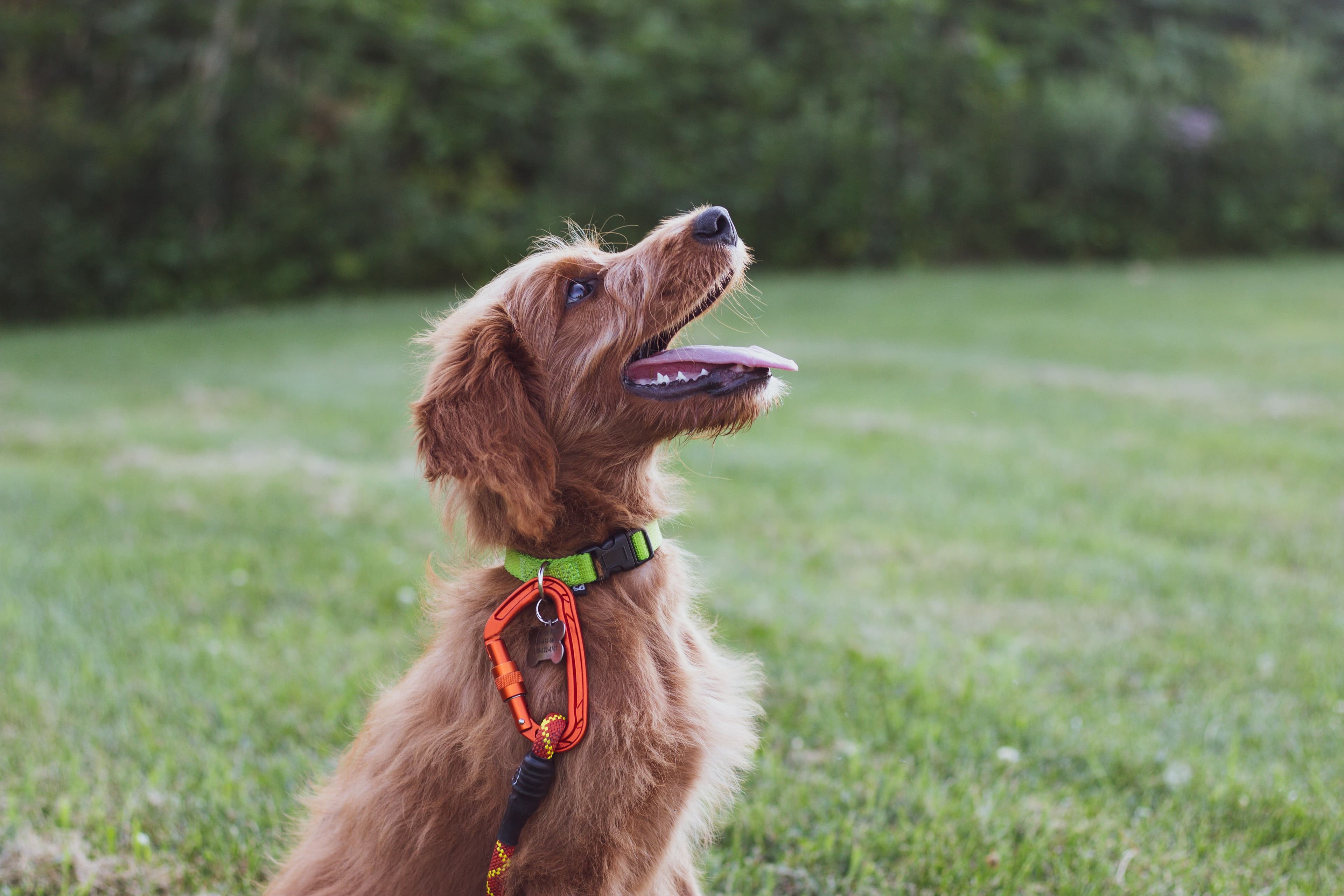Understanding Canine Leadership and Dominance
As a responsible dog owner, it's normal to feel frustrated or worried about your dog's disobedience or aggression. Establishing a healthy and consistent relationship with your dog, based on trust and respect, is essential. Dogs can quickly test their boundaries and try to fill the role of the pack leader if they sense weakness on your part.
Understanding why dogs fight for dominance is crucial to asserting your authority as the pack leader. In their world, a pack leader equals survival and security. As descendants of wolves, dogs have inherited a clear hierarchy, even though they’ve been domesticated. Without a pack leader, dogs may feel the need to assert dominance over other pack members, including pets or family members, leading to disobedient or even aggressive behavior.
Get personalized dog training tips from a Pet Mavyn!
How To Assert Dominance Over A Dog
Establishing dominance is also necessary to train and teach your dog effectively. Dogs are more likely to follow directions from someone they see as a pack leader and who also makes them feel safe. A dog that knows its place in the pack hierarchy is also more likely to be well-behaved around other dogs and people.
4 Tips To Assert Dominance Over Your Dog (without getting bitten or frustrated)
Tip #1: Always Stay Calm
Dogs respond well to calm, confident, and in-control energy. It's crucial to stay relaxed while asserting your dominance. Speak in a firm but calm tone, and use body language to show that you are the leader. Avoid shouting or physical aggression, which can teach fear and lead to further aggression. Similarly, don't beg or plead with your dog, as it portrays submissive energy and can encourage dogs to continue misbehaving.
Tip #2: Stick By Your Boundaries
Like children, dogs need boundaries and structure in their daily lives. Consistently enforcing these boundaries will show your dog that you are the leader, but you need to be consistent with the boundaries and your enforcement of them. Dogs will quickly forget and test their boundaries if they are not consistently enforced. You want to be sure that these boundaries are achievable for you and your dog and create a plan to increase their obedience gradually.
Tip #3: Choose Reward-based Systems
Positive reinforcement is often more effective than punishment when training your dog. Dogs don't respond well to fear and physical punishment because it damages the trust and bond between you and your dog. Instead, reward your dog for good behavior with words of praise, treats, attention, or playtime that reinforces their positive behavior, and further establishes you as the pack leader.
Tip #4: Keep Your Dog Occupied
A bored dog is potentially disobedient and destructive. Regular exercise, training sessions, puzzle toys, and playtime can keep your dog mentally and physically stimulated. Providing appropriate outlets for their natural instincts can prevent them from displaying dominance in unwanted ways.
Asserting dominance over your dog is necessary for a healthy relationship, but it's crucial to do it correctly. The key is to show your dog that you are the pack leader with calm assertiveness, not aggression or force. Remember to stay calm and relaxed, stick to your boundaries, reward good behavior, and keep your dog occupied to prevent unwanted behaviors. If you need help building a training plan or have questions, schedule a chat with a Pet Mavyn.
